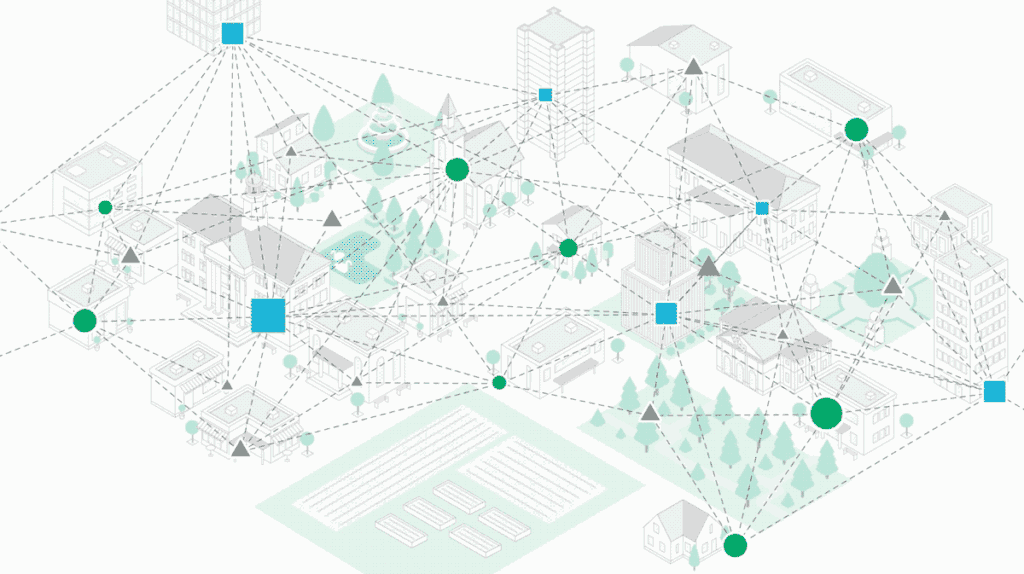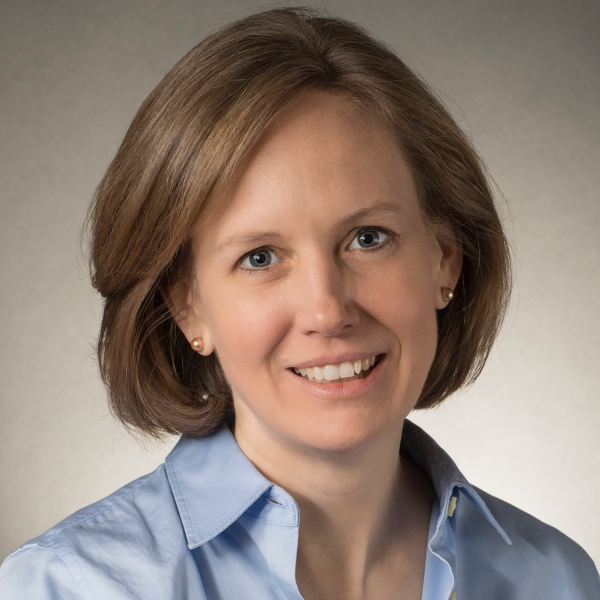We are in action and learning as we go, partnering with and benefiting from the wisdom and experience of others who are committed to this new future.
Kelly Young, Education Reimagined
It’s been a little over two years since Education Reimagined made the shift to more intentionally explore what it would take to catalyze the invention of a public education system that enabled the full realization of learner-centered education. And, just about six months ago, we launched The Big Idea to illuminate our expansive vision for what learner-centered ecosystems might make possible for learners, families, and communities; and to invite those compelled by this vision to join us in our work to catalyze its realization.
Since then, we’ve heard from and been inspired by you — we’ve heard your hopes for what a new education system might look like and make possible.
“I hope to see a community-wide approach to learning that sees schools as basecamps and the community as the classroom so that everyone, no matter their age or stage in life, has access to powerful learning experiences.”
“I hope to see unique learners transition fluidly through spaces of inquiry based on interests, ability, and competency, rather than age, grade level, and mandated practices.”
“I hope to see the creation of a system where more value is placed on experiences outside of the buildings than inside.”
And, we know this idea and vision is not new. In fact, it has been a long-time coming; the demand for it has just intensified.
Fueled by this demand and the response to The Big Idea, we are even more determined to harness the energy and enthusiasm we are seeing for the invention of learner-centered ecosystems. We are in action and learning as we go, partnering with and benefiting from the wisdom and experience of others who are committed to this new future.
Almost every other industry — except education and learning — has time, funding, and people dedicated to research and development…We must make that same investment in the future of learning.
Kelly Young, Education Reimagined
Today, I want to share some of what we have learned in just the last few short months and what we are doing with those insights moving forward.
Lesson #1:
Learner-centered invention happens at the intersection of policy freedom, funding, and a learner-centered inventor ready and willing to manifest their vision for learning. There are examples of this invention in pockets all across the country, ranging from districts to charter schools to homeschooling coops to out-of-school programs and networks. Yet, this trifecta of conditions is incredibly challenging to realize and maintain. In the majority of cases, it has kept learner-centered opportunities limited to small groups of youth and families, as leaders must focus on maintaining the conditions for their model to simply exist, let alone spread.
Lesson #2:
Spread of learner-centered education and the realization of full-blown learner-centered ecosystems will require the invention of enabling infrastructure. That invention will require “learning engineers.” Many learner-centered sites, including youth development organizations, already have core components of ecosystems. We can learn a lot from these sites and start with where they are, rather than starting from scratch. However, we cannot also ask them alone to simultaneously create these incredible learning experiences AND invent the kind of infrastructure — the structures, policies, technology platforms, funding models, transportation systems, credentialing mechanisms, the list goes on — that would enable these experiences to spread at scale. As chemists need chemical engineers, we need our “learning engineers” to work with learner-centered practitioners and tackle what it will take to invent full-blown learner-centered ecosystems.
Lesson #3:
Policy and enabling conditions exist for the invention of learner-centered ecosystems, but more understanding of where they exist, how they can be leveraged, and what the necessary conditions actually are is needed. There are existing policies and enabling conditions in place to support learner-centered ecosystems, that if connected to a broader vision for ecosystems, could enable states, regions, or districts to move further, faster. And, more discovery is needed to continue to illuminate the enabling conditions and remove the disabling ones.
Lesson #4:
Dedicated funding for invention in education is needed. We often support pieces of the education system, such as a technology tool or a discrete project, or individual models, but there is almost no investment in the invention of a new infrastructure and foundation for an entirely different system. Almost every other industry — except education and learning — has time, funding, and people dedicated to research and development. It is how we create new vaccines, discover how to get to the moon and beyond, and develop groundbreaking clean energy technologies. We must make that same investment in the future of learning — how we are to educate and support our next generations to lead and tackle the challenges of today and tomorrow.
Lesson #5:
Demonstrations will be necessary to make visible the power of learner-centered ecosystems. Seeing is believing and that applies to ecosystems. While the pieces of learner-centered ecosystems are popping up across the country, real demonstrations of what an ecosystem looks like and makes possible will be critical to get traction with and build demand amongst families, educators, policymakers, and other key decision-makers. Right now, the vision of learner-centered ecosystems is still just that — a vision of what could be. As a field, we must show this vision in reality in diverse communities across the country so that people can see it, touch it, and experience it first-hand.
Lesson #6:
Research-based evidence is needed to build demand for learner-centered education and create the space for ecosystem invention. Emerging research shows us that learner-centered education produces positive, meaningful outcomes for youth, families, and communities. And, anecdotally, when we speak to young people experiencing learner-centered education, we know the difference it makes. But, not enough research is available yet to provide families and policymakers with the confidence to demand this kind of education be available as an option to their children and constituents.
Where We Are Headed
Over the next year, we will move on these insights and discover new ones along the way. Through our initiatives and projects with partners and communities across the country, we will be a catalyzer and lead learner — always in the mode of discovering what is most needed and seeking out partners and allies to get it done. To highlight a few exciting projects on the horizon, we are:
- Conducting a national scan of the existing and needed policy conditions to enable ecosystems and will share posts and pieces highlighting our lessons learned.
- Seeking new partnerships with philanthropic leaders to discover what it would take to catalyze unprecedented funding toward learner-centered education and more specifically, the invention of learner-centered ecosystems.
- Authoring reports that call attention to the conditions we know will be necessary for ecosystem invention AND highlighting where opportunities already exist. Two recent co-authored reports — “K-12 Value Networks: The hidden forces that help or hinder learner-centered education” with Thomas Arnett of the Christensen Institute and “Statewide districts: A way to unleash creative new learning options—and study them as they grow” with Robin Lake of CRPE.
- Partnering with communities across the country who are ready to create ecosystems to support their understanding of what it will take, assess their readiness, and provide tools and supports to help them go further, faster.
- Cataloging pieces of learner-centered infrastructure that are already being invented and tried across the country.
- Producing new videos, illustrations, and articles that illuminate the possibilities of learner-centered ecosystems to equip more people with the tools to communicate this vision with their networks. This includes a brand new video JUST RELEASED on The Big Idea!
With all this said, we still have just as many questions as we do insights.
Who is ready to take on this bold vision for a new public education system? Where is the best place to start inventing? How can we ensure educators thrive in this new system? What does readiness look like and how can we best support communities?
What we do know for certain is that it is time for The Big Idea to spread far and wide. We are seeking learner-centered inventors who want to lead the way and help pilot ecosystems with their communities. If you are one of those inventors, reach out.

